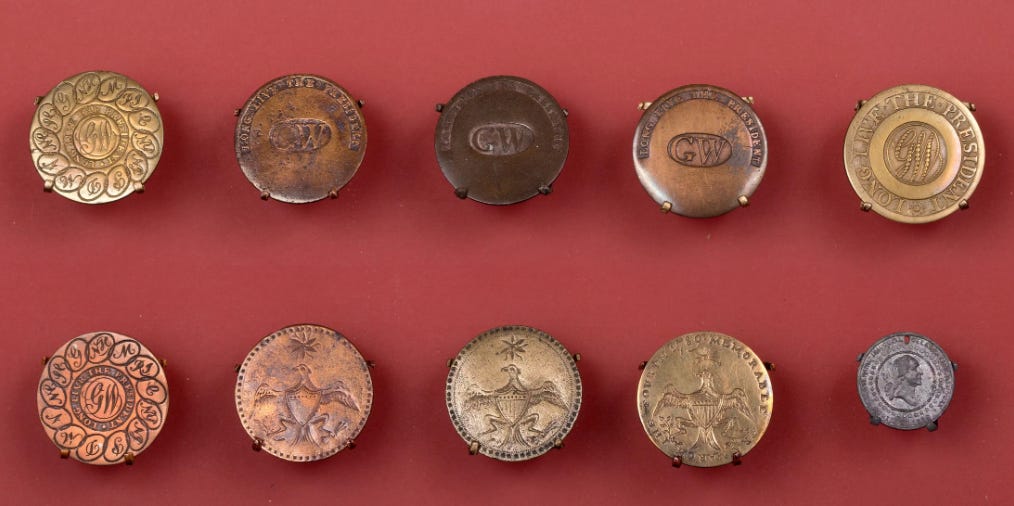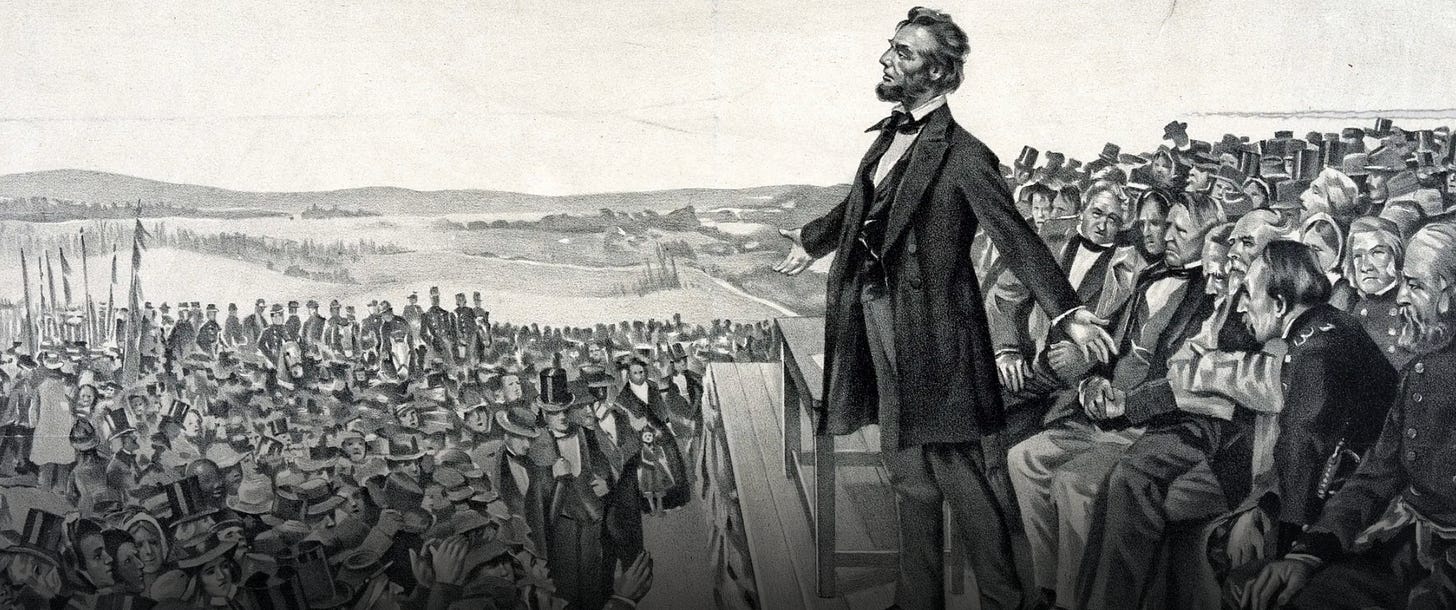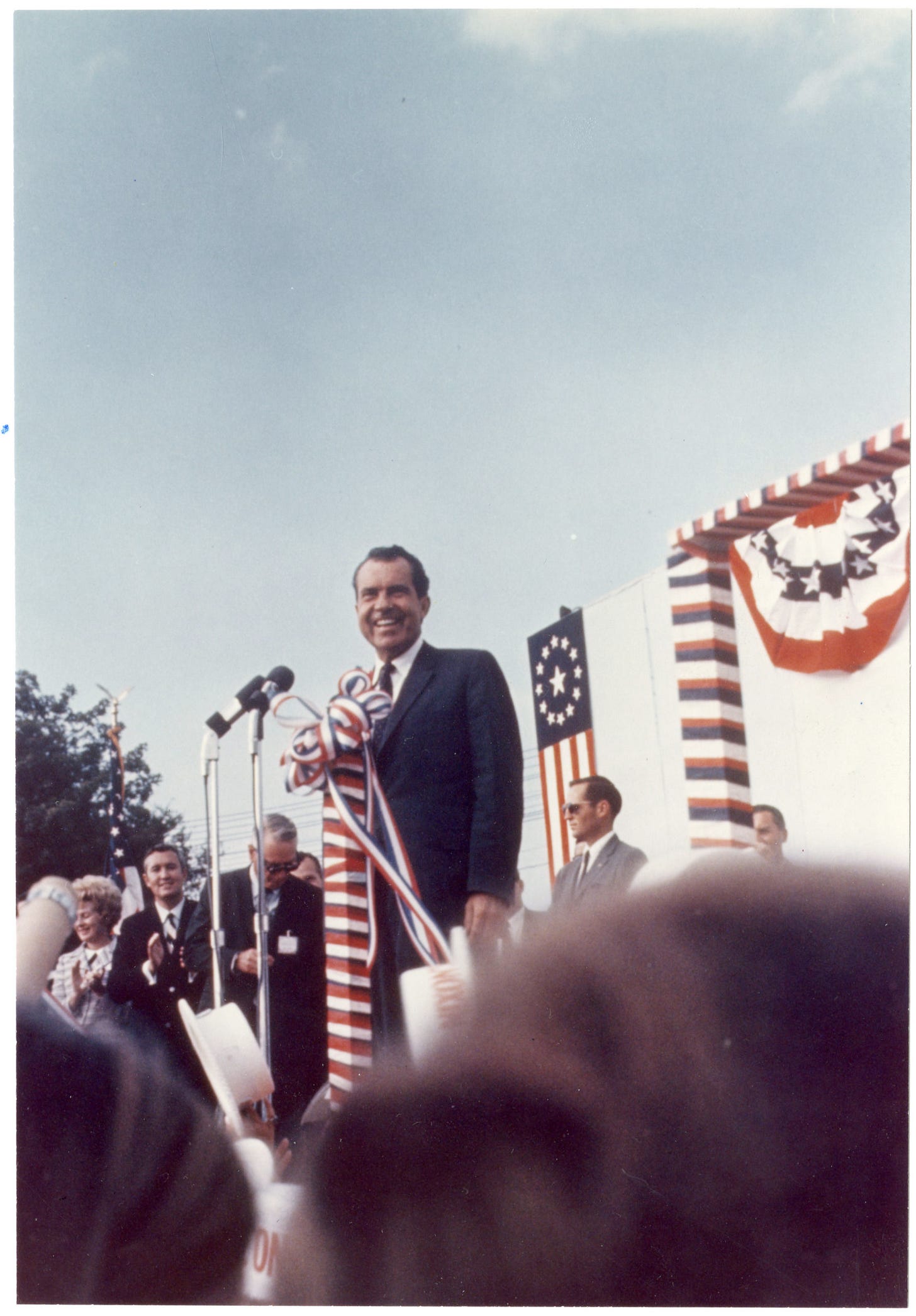What Can We Learn from the Branding and Marketing Tactics in Presidential Campaigns?
And How Creativity Was Lost Along the Way
No politics in the workplace. No politics at the dinner table. No politics in the substack. But with the election just around the corner, it's hard to dismiss.
I often ignore political propaganda (I mean branding and marketing). A lot of it has become garbage finger pointing. The more we’re against each other, the more power politicians have. That’s not the point of this article.
One ad has always particularly stuck in my mind because of the power it had with the thought of bringing people together. It was Bernie Sanders’ “Vote Together” ad.
Damn, that was good.
Regardless if you enjoy Bernie Sanders’ platform, you can’t argue with the message. This was brilliantly too far against the grain.
This ad got me thinking about other standout political marketing efforts throughout history. How did hopeful presidential candidates connect with voters across different eras and generations? How did they build support?
It also led me to question where they might have lost creativity along the way—and I think I’ve pinpointed when.
Take George Washington’s inauguration, for example. Supporters were given buttons to sew onto their clothing. In those days, when clothing was a prized possession, it was a meaningful way to show support.
After Lincoln’s defeat in the Senate, he spent 16 months traveling and speaking, building a team of skilled campaign managers and honing his rhetoric. This era was characterized by what we call "Direct Appeals."
Being featured in newspapers and on posters also became popular around this time. This was the way to get into the hands of the American people.
By the late 1800s and early 1900s, campaign buttons had become a significant part of the political landscape. *More on this later.
The transition from radio to television in the early 1950s marked a new era. Dwight Eisenhower used television strategically to reach every household.
The 1960s, with JFK vs. Nixon, saw the rise of political branding—something previously reserved for consumer goods through mass media.
Nixon, for instance, carefully positioned himself against the American flag and used red, white, and blue imagery to reinforce his brand.
In the 1980s, the strategy shifted to "positioning yourself by positioning your opponent," leading to the rise of negative campaigning. This marked the decline in creative, positive political marketing, except for a few notable presidential campaigns.
Barack Obama later revitalized political marketing by crafting a compelling narrative centered around “change.”

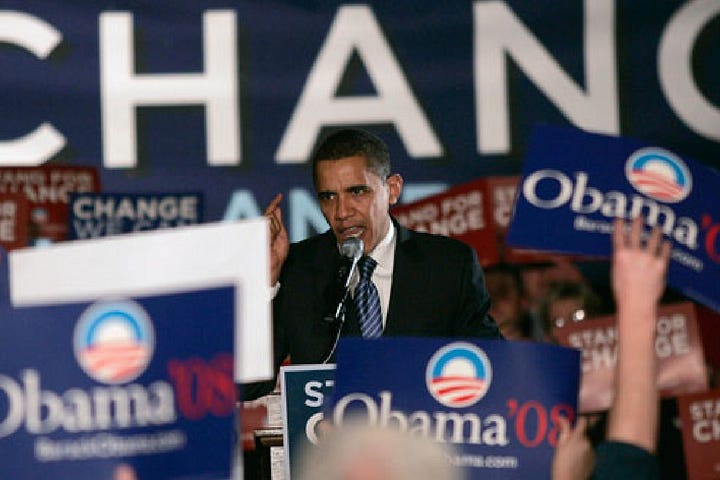
Back to buttons. According to a UBNow article, collector, Jim Campbell says the buttons have evolved over time, from nearly 3/4” to large 3 to 4 inches.
“They have gotten larger and larger over time. People don’t wear them on their clothing like they used to. People put them on backpacks or store them on desks as a collectable. Now people are warier of showing their support for a candidate because of the polarization in our country.”
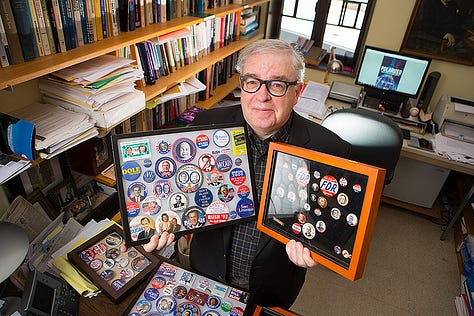


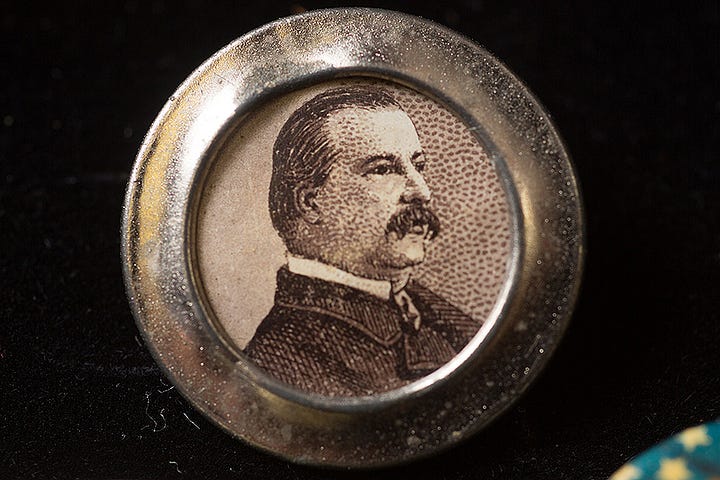
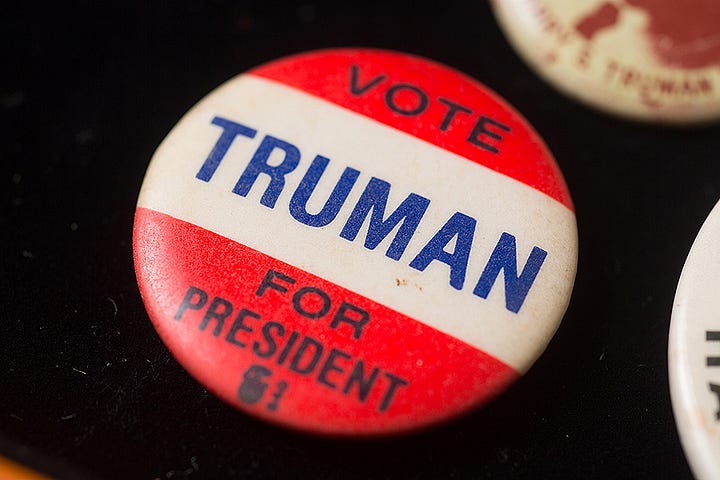
What we see today largely reflects the negative campaigning that began in the early 80s, with a lot of uninspired design choices, often dominated by fonts like Gotham.
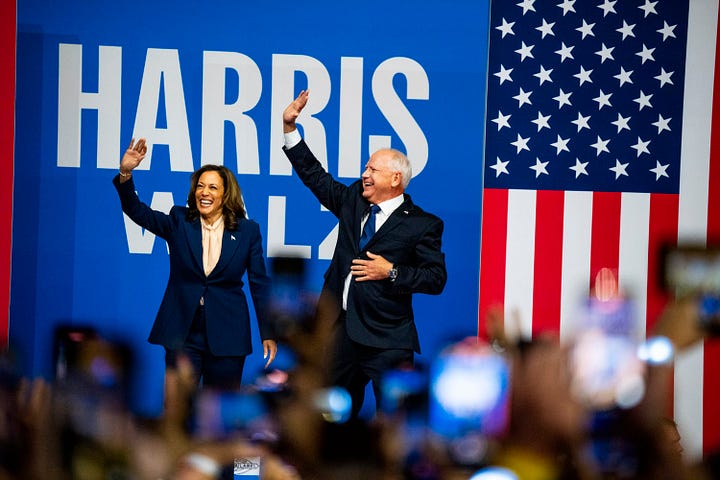

It’s not surprising that the evolution of campaign ads and marketing has become divisive and uninspired. It’s unimpressive.
Have we strayed so far to the left and right that we’re left with little room to ever see creative campaigning again or are the Harris/Walz camo and the Trump era MAGA hats the best we can get?
Let’s hope for some revived creativity come 2028.
Any questions? Be sure to read our disclaimer and our affiliations at your earliest convenience.




